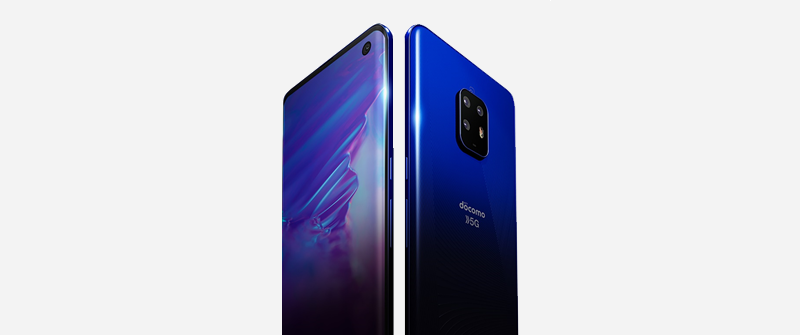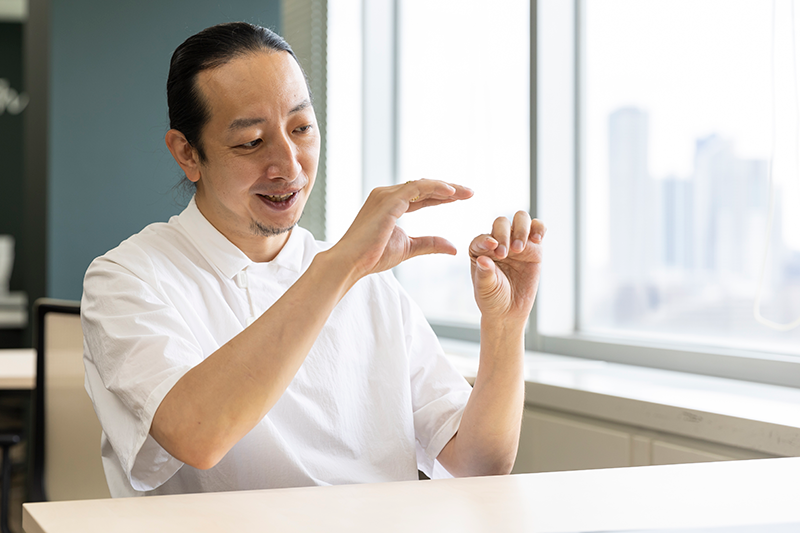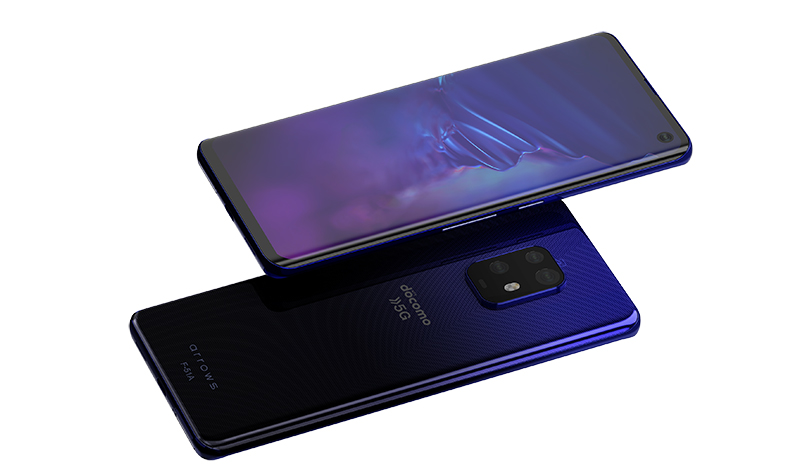The arrows 5G F-51A actually had various issues other than the 0.1 mm difference. Masuyama explains that the frame surrounding the body was the most difficult part of the design.
Normally, smartphones have an antenna slit, which is a black plastic line about 1 mm thick, but the arrows 5G F-51A does not have an antenna slit. Millimeter waves are very small and require a large antenna block, and the frame covering the antenna block will transmit the waves more efficiently if made of plastic material.
However, according to Masuyama, "The concept of the first millimeter-wave flagship device to be launched in Japan cannot be communicated using cheap materials like plastic. We should convey our message to the users with the right appearance. That's what we thought. It was very difficult to make the materials we wanted to use work with the technical specifications."
In this way, in the design process, there was a struggle between the designers' desire to use a metal frame and the technological restrictions of the metal frame that would not allow millimeter waves to be handled efficiently, namely, a conflict between CMF design and technology.
In the end, a frame that was hybrid-molded from metal and plastic was used for the arrows 5G F-51A, and by reducing the thickness little by little in each process, a thickness of approximately 7.7 mm was achieved.
"There are over ten coats of paint on the frame. A typical device is painted with three to four coats, but this device has more than ten layers. The reason of this is that we wanted to remove the seams and create a shiny metallic texture that looks like anodized aluminum. There is a limit to how much paint you can apply, so to cover that, we applied a strong gradation, followed by over ten layers and a smooth polish, which is a complicated process.
In addition, the use of millimeter waves requires large antenna blocks, and with design sense alone, it is difficult to deal with issues such as whether or not to make them visible and how to transmit the waves efficiently. CMF is also closely related to technology, so I think it requires the kind of designer that has technical knowledge in addition to design knowledge," says Masuyama.






